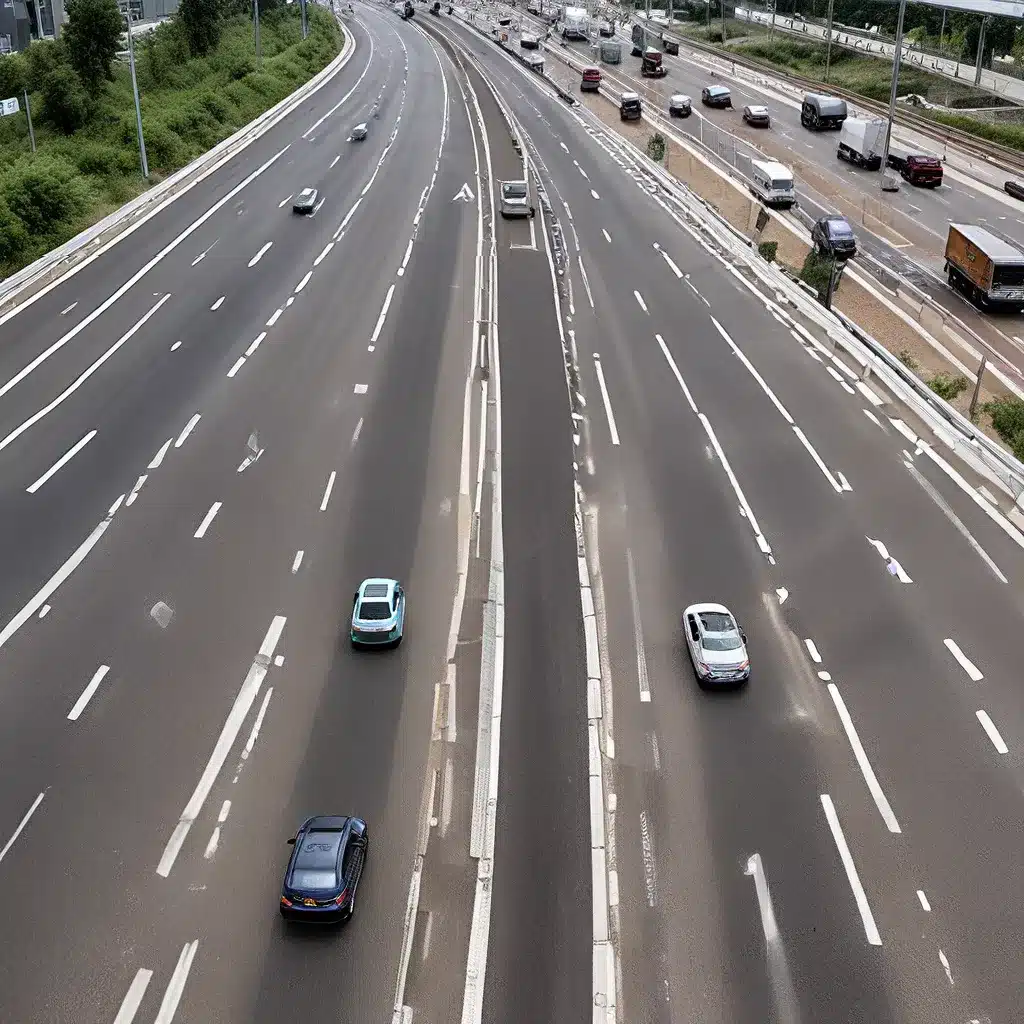
In the rapidly evolving landscape of transportation technology, sensor networks have emerged as a game-changing solution for enhancing efficiency, safety, and user experience. At the heart of this revolution are RFID (Radio Frequency Identification) and NFC (Near-Field Communication) technologies, which are transforming the way we navigate, manage, and interact with transportation systems.
The Rise of Sensor Networks in Intelligent Transportation
Sensor networks, comprising interconnected devices capable of collecting, processing, and transmitting data, have become the backbone of intelligent transportation systems. These networks leverage a diverse array of sensors, from GPS and LIDAR to accelerometers and cameras, to gather real-time information about traffic patterns, vehicle conditions, and infrastructure performance.
By integrating sensor data with advanced analytics and IoT (Internet of Things) platforms, transportation authorities can make data-driven decisions to optimize traffic flows, predict congestion, and enhance the overall user experience. This shift towards smart mobility has the potential to reduce travel times, improve energy efficiency, and enhance road safety for commuters and pedestrians alike.
RFID and NFC: Enabling Seamless Connectivity
At the forefront of this technological revolution are RFID and NFC technologies, which have become integral components of intelligent transportation systems. These wireless communication protocols enable seamless connectivity between vehicles, infrastructure, and user devices, facilitating a range of innovative applications.
RFID: Revolutionizing Vehicle Identification and Access
RFID technology utilizes radio frequency signals to identify, categorize, and track objects or vehicles. In the context of transportation, RFID tags embedded in vehicle license plates or windshields can be used for automated toll collection, parking management, and vehicle access control.
By integrating RFID readers into roadside infrastructure or parking facilities, transportation authorities can streamline the flow of traffic, reduce congestion, and provide a more convenient experience for drivers. Moreover, RFID-based systems can also be leveraged for fleet management, enabling real-time monitoring of vehicle location, maintenance status, and fuel efficiency.
NFC: Enhancing User Experience and Mobility
NFC, a short-range wireless technology, has gained significant traction in the transportation sector, particularly in the realm of contactless payment and ticketing. By integrating NFC-enabled devices, such as smartphones or smart cards, travelers can seamlessly pay for public transportation, access restricted areas, or validate their tickets without the need for traditional physical media.
The integration of NFC technology into transportation systems not only enhances the user experience but also streamlines operations, reduces administrative costs, and promotes sustainability by minimizing the use of paper-based tickets. Furthermore, NFC-enabled devices can serve as digital keys, allowing for keyless access to shared vehicles or parking facilities, further improving convenience and security.
Securing Sensor Networks: Addressing the Challenges
As sensor networks become increasingly ubiquitous in transportation systems, the importance of cybersecurity cannot be overstated. The interconnectivity and data-driven nature of these networks make them vulnerable to various cyber threats, including data breaches, unauthorized access, and malicious attacks.
To mitigate these risks, transportation authorities must implement robust security measures, such as encryption, access control, and intrusion detection systems. Additionally, regular software updates, vulnerability assessments, and collaboration with cybersecurity experts are crucial to maintaining the integrity and resilience of sensor-based transportation networks.
Energy Management: Powering the Future of Sensor Networks
The widespread deployment of sensor networks in transportation systems raises concerns about energy consumption and sustainability. Efficient energy management is essential to ensure the long-term viability and environmental impact of these technologies.
Solar-powered sensors, energy-harvesting systems, and low-power communication protocols are just a few of the strategies being employed to address the energy challenges faced by sensor networks. By optimizing energy usage and exploring renewable energy sources, transportation authorities can reduce their carbon footprint, minimize maintenance costs, and enhance the overall sustainability of their intelligent transportation infrastructure.
Conclusion: The Road Ahead
As the world continues to embrace the digital transformation of transportation, sensor networks will play an increasingly pivotal role in shaping the future of mobility. The integration of RFID and NFC technologies, coupled with advancements in IoT, analytics, and cybersecurity, hold the promise of creating smarter, more efficient, and more user-centric transportation systems.
By staying at the forefront of these technological innovations, transportation authorities can leverage the power of sensor networks to improve traffic management, enhance safety, and provide a seamless, eco-friendly experience for all commuters. As we navigate the road ahead, the integration of sensor networks in intelligent transportation will be a crucial catalyst for a more sustainable, connected, and responsive transportation ecosystem.
For more information on the latest advancements in sensor network technology and their applications in the transportation industry, visit sensor-networks.org.